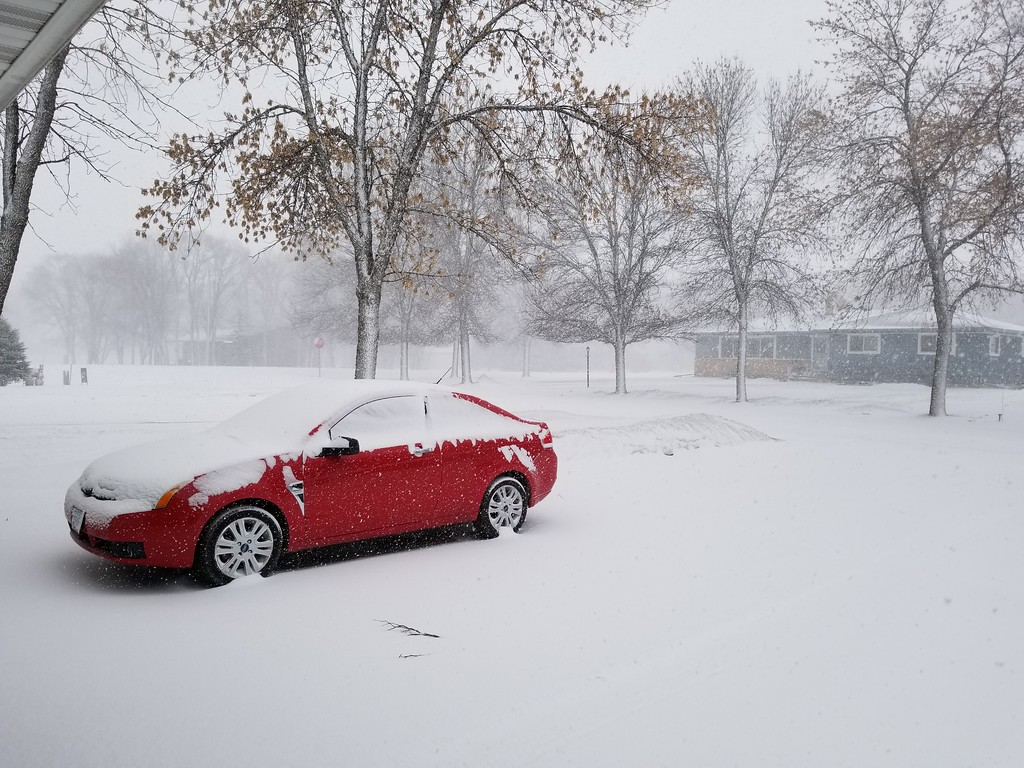Montana just endured one of the nation's most exceptional cold spells on record
Ian Livingston, The Washington Post, Published
1:57 pm CDT, Monday, March 11, 2019
There's a kind of cold that's legitimately dangerous. It can causes frostbite in minutes to unexposed skin. In parts of the Lower 48 states, such extreme cold is not uncommon, for a few days to at most a week.
But over the entire month of February and even into March, such exceptional, life-threatening cold never departed parts of Montana. Temperatures averaging 20 to 30 degrees below normal gripped huge areas in the state, as well as parts of the Dakotas.
These places are normally cold but this chill was unlike anything seen in the contiguous United States in decades, for both its intensity and its duration.
The February temperature departures from normal were stunning. Several major climate locations averaged 27 to 28 degrees below normal, which were the most extreme in the Lower 48 for a full month since January 1969, according to Alaska-based climatologist Brian Brettschneider.
Great Falls, Montana, was at the heart of it. The mercury didn't rise above zero on 11 days and dropped to zero or below on 24 nights. Only the first day of the month topped freezing. Its average February temperature finished 27.5 degrees below normal.
The punishing and unrelenting cold continued into March. On March 3, the low temperature tanked to a bone-chilling minus-32 in Great Falls. Combined with a high of minus-8, the day finished a whopping 50 degrees below normal. The city concluded its longest stretch on record below freezing on March 7.
"For February 3rd through March 4th, Great Falls, MT averaged 32.3F below normal," Sam Lillo, a PhD student in meteorology at the University of Oklahoma, recently tweeted.
While the cold in February was remarkable for its persistence, the brutal Arctic blast to begin March delivered the most intensity. Almost two dozen official stations in Montana broke monthly records during the early-month Arctic invasion, with widespread readings in the minus-30s to minus-40s.
An all-time record state low for March of minus-46 was also likely established. Icing on a cake long frozen.
A comparison of this historic cold snap to unusual 30-day cold streaks in other parts of the country shows that in most locations, there is no historical record of cold so extreme lasting so long. Only portions of the northern and central Plains into parts of the Midwest have seen anything like it in modern history.
So what was the driver behind this abnormal cold? Turns out we can largely blame a meandering high pressure that delivered Alaska record warmth during February.
"It was a warm January and February with high pressure off the West Coast," Erik Gustafson, a meteorologist at the National Weather Service in Great Falls, said in an interview. Then that high pressure shifted toward Alaska, which "allowed extremely cold air to come down the Rockies, in round after round."
The repeated Arctic outbreaks delivered Montana "northeast winds behind fronts, and this reinforcing wind holds the cold in," Gustafson said. Thanks to these regular intrusions, cold air was "stuck in valleys and against the mountains with no place to go."
Although the heart of the extraordinary cold was centered in parts of Montana and adjacent Canada, impressive cold was also observed to the east in the Dakotas.
A number of places saw one of their top five coldest Februaries there, including Minot, Bowman and Williston. Fargo has now had 62 days in a row with temperatures at or below freezing through Sunday, which is eighth longest on record for that city.
While temperatures are still cold in the Northern Plains, the pattern has shifted a bit. A less extreme version of colder-than-normal weather may persist into the next week or so. Beyond that, there are signs of closer to normal or even a few days above normal later this month.










